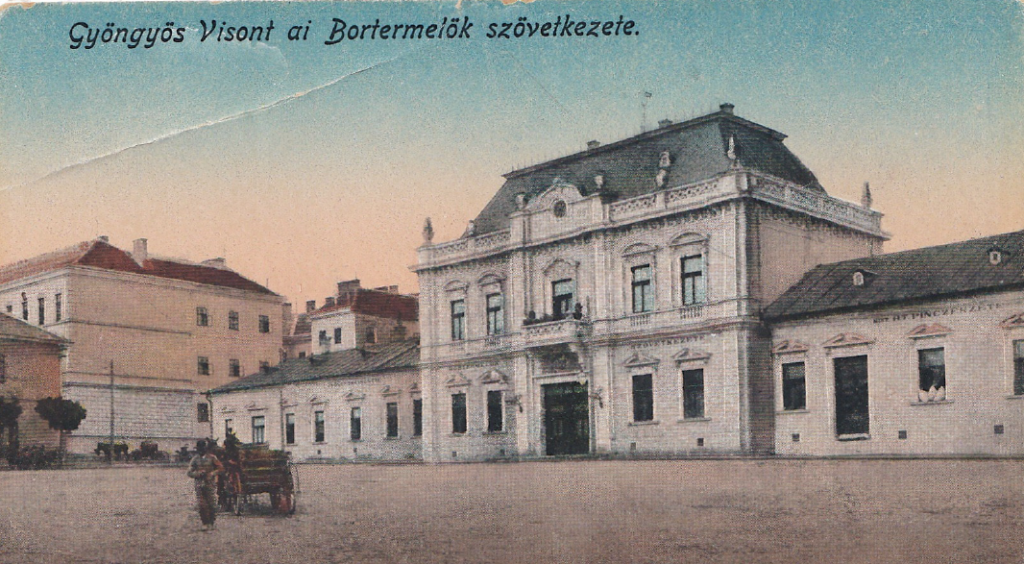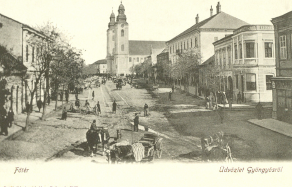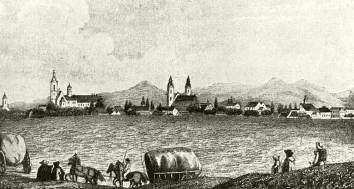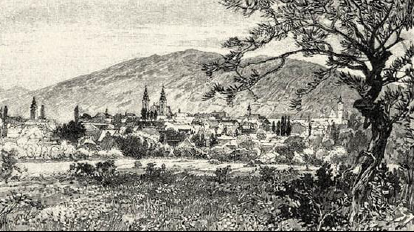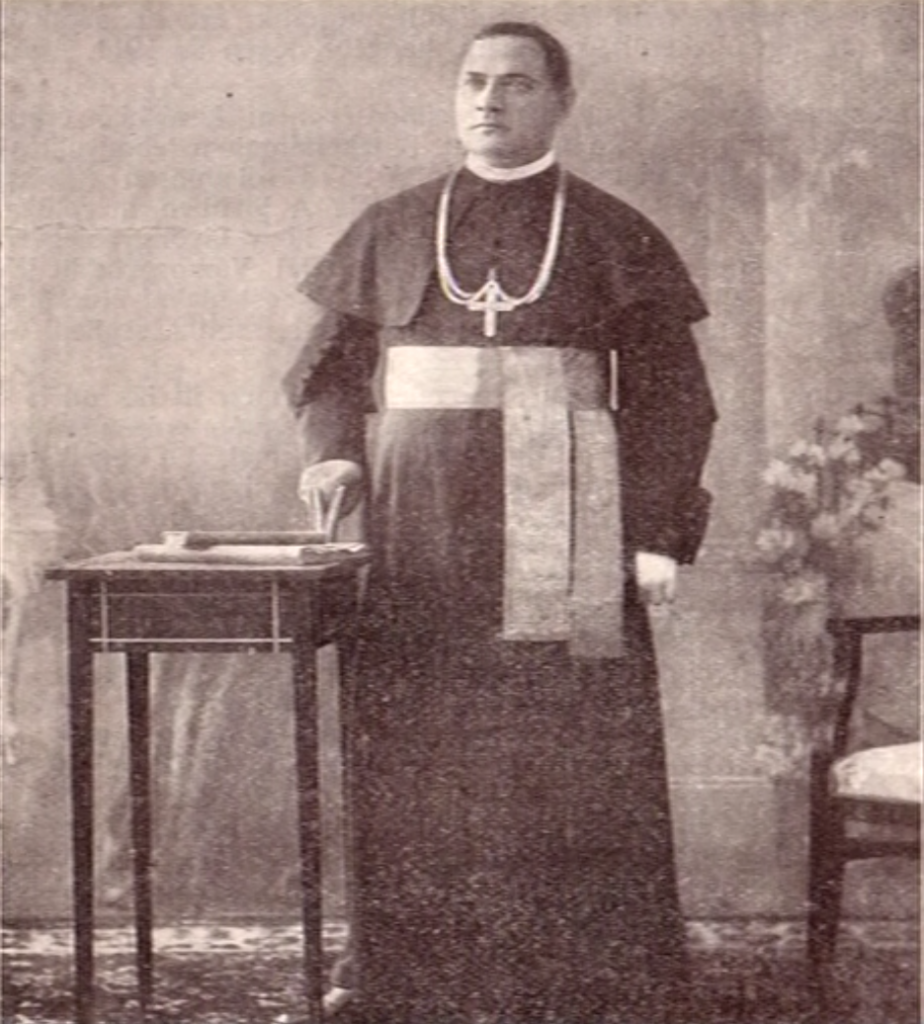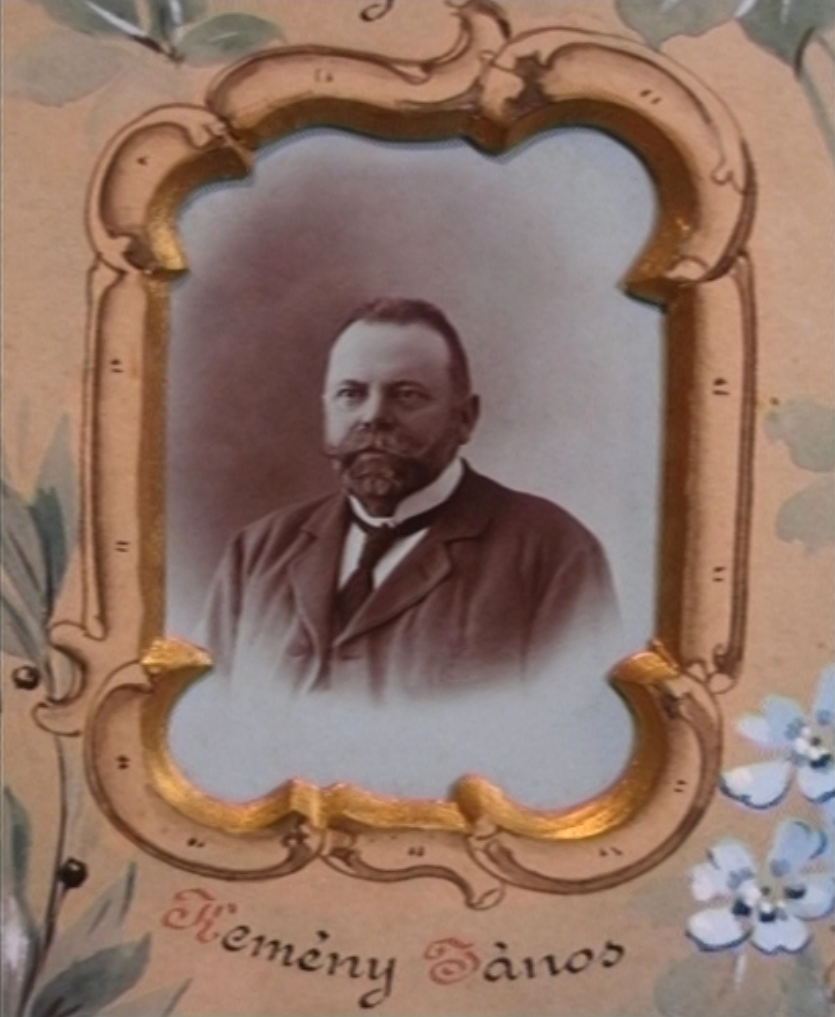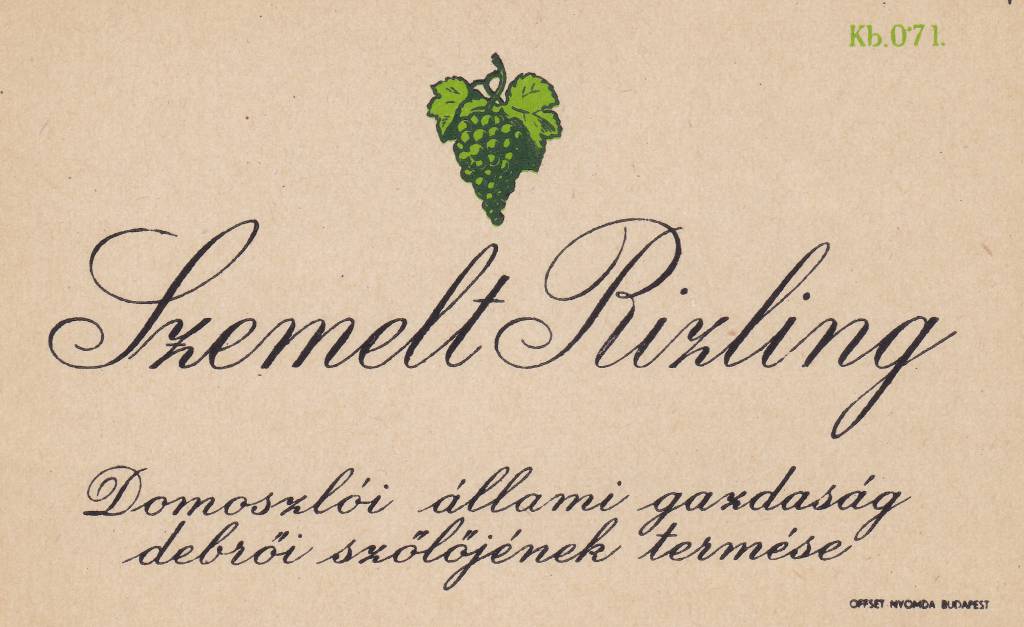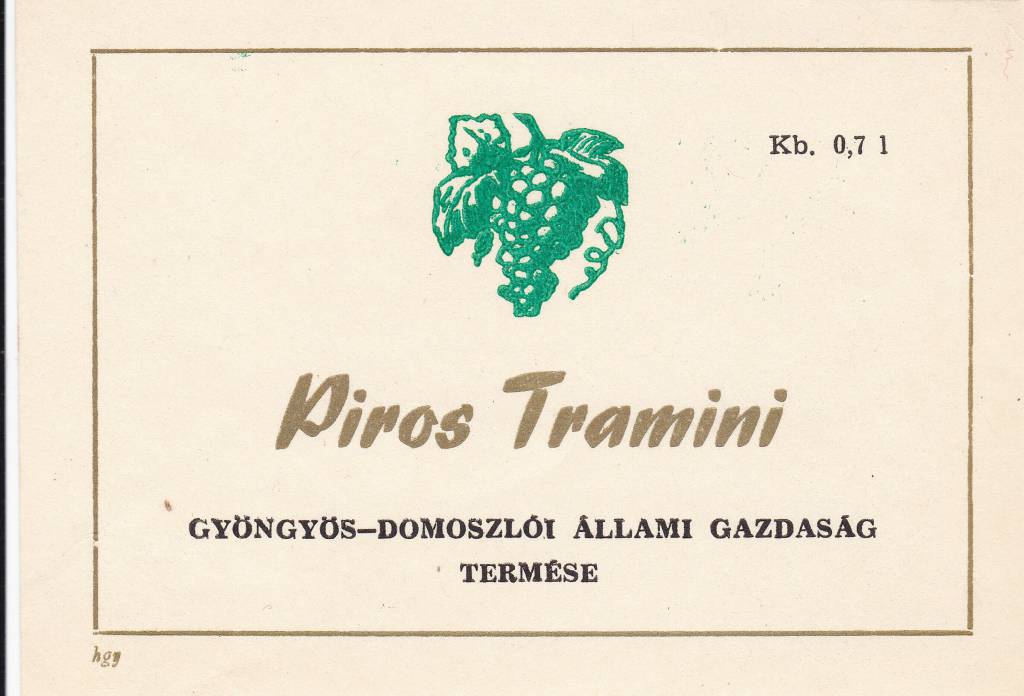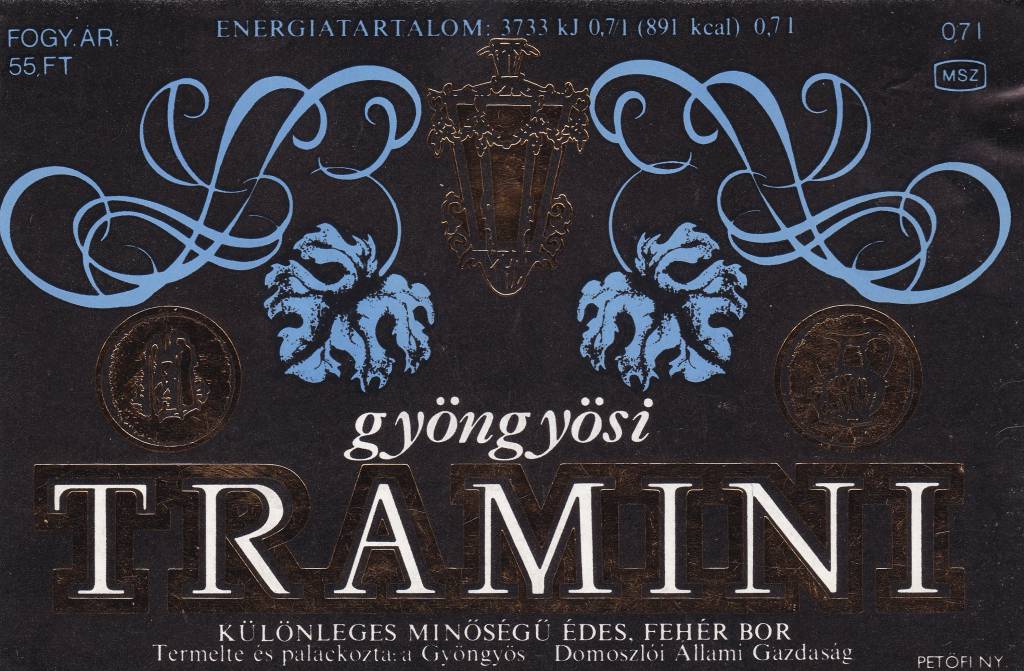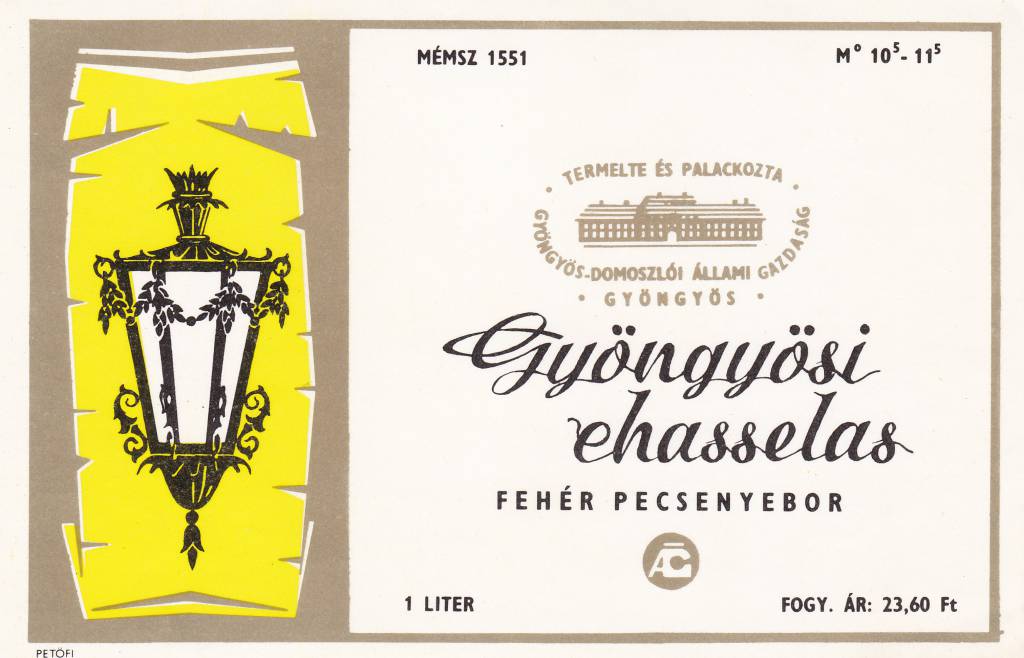118-year-old story about winemaking, the love of wines from the eclectic walls of the Gyöngyös Wine Palace and the heart of the Mátra wine region.
Grapes have been grown in Gyöngyös and in the surrounding settlements on the southern slopes of the Mátra since the Roman times. The importance of viticulture is shown by the fact that some diplomas mention grapes from the early age: Sár (Abasár) [1042], Gyöngyöspüspök [1261], Gyöngyöshalász [1271], Gyöngyöstarján [1275], Gyöngyösoroszi [1275], Gyöngyös [1301].
The production and trading of grapes and wine in Gyöngyös and its surroundings was also significant in the Middle Ages, which is proven by numerous royal deeds and established trade routes.
In 1334, based on a charter of privilege, grapes and wines were free to grow and later the trade started and in 1480, the wine of Gyöngyös was transported to the highlands - based on the charter of Matthias.
In the 16th century, Gyöngyös and its neighborhood have been settled for quality winemaking, with 80% of the city's population living on it. Significant cellar constructions began in 1785 on the stone-covered areas of the andesite tuff in Farkasmály, but in Gyöngyös the cellars were not outside the city but under the residential houses - to this day there is a wine cellar under every building. Some early cellar construction: the cellar St. Bartholomew's Prysil cella was built in the 15th century. In the 18th century, under the Main Square, the cellar at number 11. In the 16th century, the cellar of the building No. 25 under Petőfi Street, and in 1804, significant expansions began in the cellars below Jókai and Kossuth Streets.
According to early written records, world travelers also praised the wines of Gyöngyös:
In 1664, according to the Turkish Evlia Csalebi, “itt wine has no match in either Arabia or Adsemland”. In 1730, Mátyás Bél (the Hungarian creator of local history writing) and Pál Kitaibel (renowned botanist and doctor of medicine) also praised the wine of Gyöngyös.
At the end of the 18th century, the Lion's Inn was located on the former Búzapiacz Square. The building behind the inn was the riding stables of the castle, the arched elements of which still stand today. The castle, built by the owner of Orczy Lőrinc in Gyöngyös in 1770, was originally built in the Baroque style and was rebuilt in the Classicist style around 1824 according to the plans of Lőrinc Zofalh.
Later, in 1901, the Gyöngyös-Visonta Wine Producers' Cooperative was established with 256 shares and a share capital of almost 5,800 crowns. After a few years of operation, it could not operate profitably and did not have a permanent establishment, so the wine was processed and stored in various leased premises.
The cooperative was transformed into a share company in 1905 and they bought the Oroszlán Lodging house located on the northeast corner of Búzapiacz square the same year. The transformation of the building and the enlargement of the cellar started but production could be performed in the beautiful palace in eclectic style form the year 1906. At that time the modern wine-cellars under the building were suitable for storing 40 000 hectolitres of wine. Therefore, the year 1906 can be considered the first year of wine production performed behind the present walls. The first reconstruction of the originally one-storey and austere lodging house was finished in 1909. The two-storey central building was built that time and the one-storey wings towards North and South were designed that time.
The members of the company's management were:
- president: György Borhy - imperial and royal carpenter, landowner who used his knowledge and talents in economic life after studying law and military
- CEO: Rezső Hajuska - he was able to take this position as an excellent trader
- board member: Archbishop Kálmán Török - who was then a Member of Parliament for Gyöngyös
- board member: János Kemény - then mayor of Gyöngyös
Before World War I, the Wine Palace has modern European wine equipment. The incoming grapes were processed in grape mills equipped with machine power and then on grape presses driven by transmission wheels, from where the grape juice passed through enamelled channels into a total of 19 8000 hectoliters of reinforced concrete and glass barrels, which were made by a Zurich company in 1907. After the first fermentation, the wine was further matured in wooden barrels (with a capacity of 12,000 hectoliters), and after the necessary treatments, the wine ready for sale was transported to the bottler by elevator. Based on a price list that has survived from 1910, it is possible to know what wines were sold by the Wine Palace at that time, for which it was already represented in Budapest and Vienna.
After World War I, by the early 1930s, market players had rearranged. Several smaller companies have been acquired by larger, more capital-intensive companies. From 1924, the leading role in the production of wine, brandy and cognac in Gyöngyös belonged to Industria Rt., which had the same ownership as the Wine Palace, but the latter retained its relative independence. At that time, in 1934, György Dubicz and his family changed the ancient Dubicz surname to Dunai in accordance with the social expectations of the time.
There are hardly any available data on the operation and economic results of the 1930s regarding the Wine Palace. The World War II left its mark on the life of the entire economic life, including the wine producers of Gyöngyös and the surrounding area. The building of the Wine Palace remained the property of the Gyöngyös-Visonta Cooperative until 1940, and later it was bought by the Hajdú family, who lost their lives in the war in 1944. Their ownership was abolished in 1946, when the building was returned to private ownership for a short time, then nationalized in 1951 and managed by the Gyöngyös-Egervidék Wine Company.
In the Rákosi- and then the Kádár-era, the Mátra Wine Region may have existed as part of the Eger Wine Region. The former independence, reputation and trade relations have all disappeared, but in Gyöngyös the Wine Traffic Company was the number one wine company for many decades. In 1962, it was transformed into the Eger-Gyöngyös Rural Cellar Economy.

In the 1960s, the Treasure of Mátra and then the State Farm of Gyöngyös-Domoszló increasingly pushed the Wine Company into the background. At the time of the change of regime in the early 1990s, the former Borpalota was part of Egervin Rt.
Tibor Báthori, who won the “Winemaker of the Year” award in 1992, joined the winery in the early 2000s. He began the technological transformation of the cellar as well as the introduction of the reductive process. In honor of his timeless merits for winemaking, the Frisian wine family is still filled in his bottles.
In our renovated spectacle-cellar the visitors have the chance to make a wonderful time travel to the world of wines. Walking through our near 1 km long cellar – which can be walked around – you can follow the 110 years’ history of the winery and see the carved barrels of 6000 litres used 100 years ago, the concrete tanks of 30-80,000 litres built in 1960s and you can also get familiar with the modern steel tank technology of the 21st century.
Our guest can taste the whole offer of the winery in our tasting hall with the capacity of 50 people. If it is requested we can make a perfect wine-tasting experience by providing wine-biscuits, snacks, cold cuts or warm dishes. The food is supplied by the justly famous Kékes Restaurant of Gyöngyös.
The wines are presented by an expert and the whole wine offer is available for purchase on the spot.



